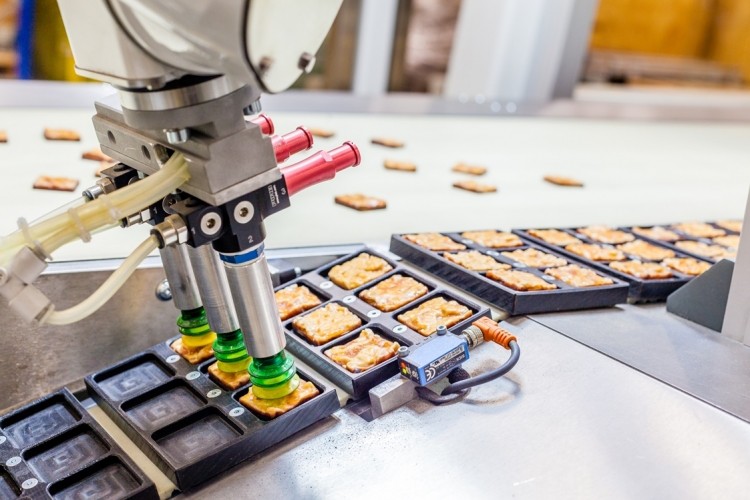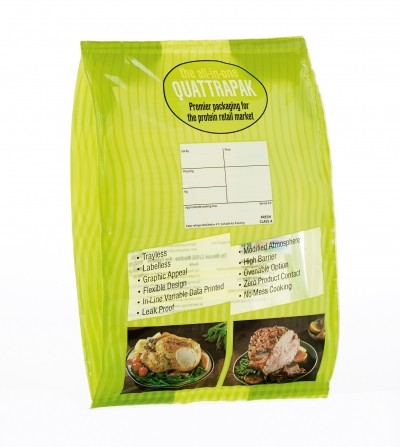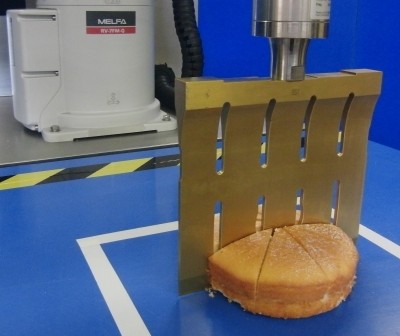Better hygiene compliance for food packing-line robots

A month ago, Fanuc UK used the Processing & Packaging Machinery Association show to demonstrate articulated arm and delta-style robots combining in a food picker cell. This was to emphasise not only the capabilities of these systems, but also the fact that IP67-rated (for washdown) and IP69K-rated (pressure wash) robots have been made available over recent months.
Regional sales manager John Rainer said that these new options were important in addressing food industry needs and retailer codes of practice. As he put it, they were not “fantastically more expensive” than the standard version.
Important
Also important, he said, were parallel decreases in overall robot pricing and increases in payload capacity.
Between the summers of 2013 and 2014, Fanuc said it saw a 35% increase in enquiries from UK food manufacturers looking to automate handling and packing.
“But while food industry acceptance of robots is not uncommon at the end of line, the industry knows that food handling is more challenging,” said Rainer. “Some of this resistance is to do with being risk-averse.”
Of course, many in the industry will say that the risks are very real. It is often difficult to win the argument that capital expenditure in automation makes sense when many food manufacturers cannot be sure how long a retailer’s contract for a particular product will last.
He contrasted this state of uncertainty for many small to medium-sized enterprises with the largest branded manufacturers, where lines of 10 or 12 robots may be well-established on product-specific packing lines.
High capital cost
Although robotics has a reputation for high capital cost, it was the wider cost of complementary automation which typically deterred customers, said Rainer. “When you put in a complete system, the robot may end up forming just 25% or 30% of the total cost, once you factor in guarding, infeeds, outfeeds, and so on.”
To date, Fanuc stated, take-up of robotics by the food industry had been “disappointing”. “If you have a very low-cost system, there’s a better chance it will be adopted, but even then you have to demonstrate fitness-for-purpose,” said Rainer.
















